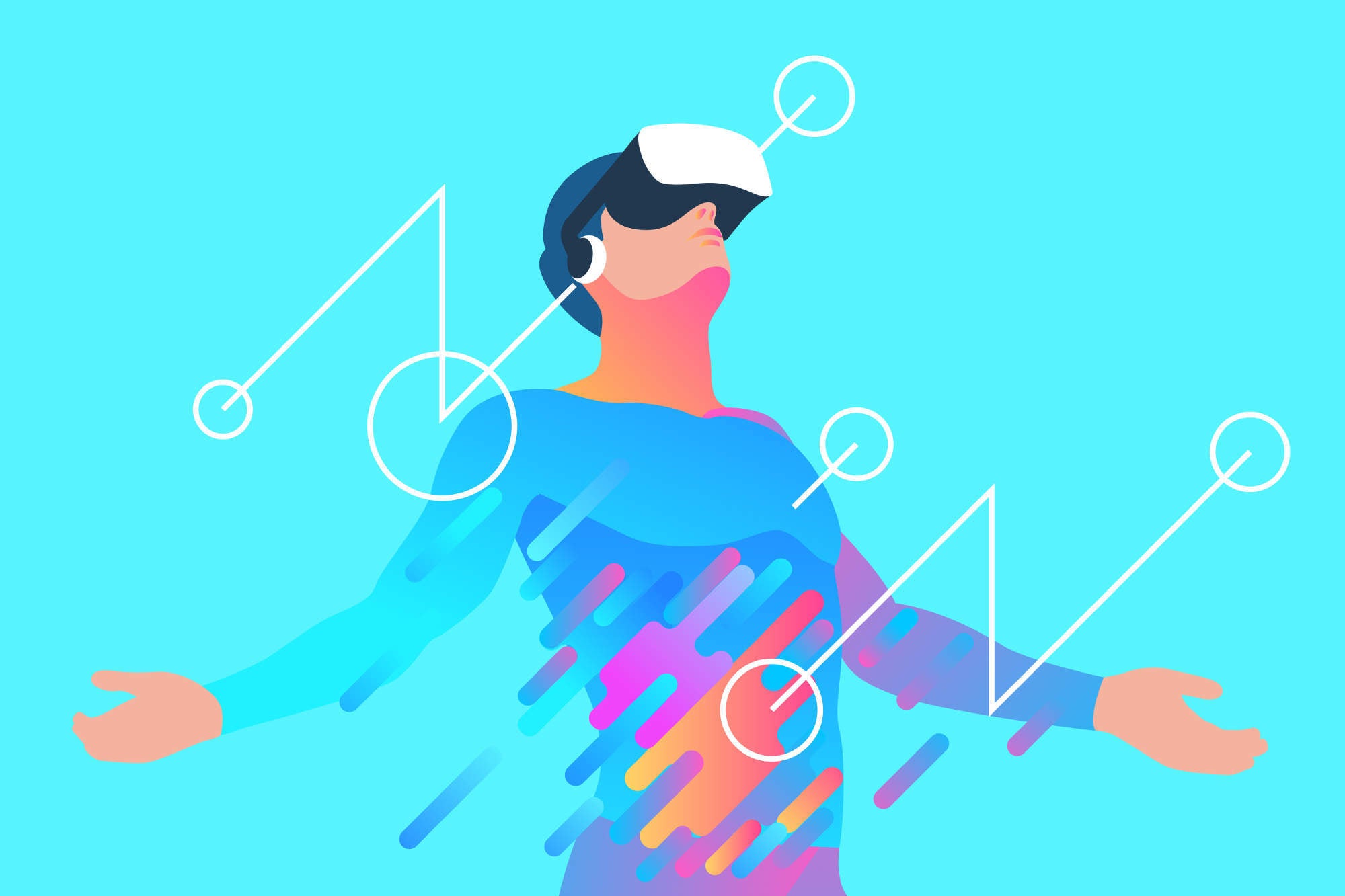
Virtual reality (VR) is everywhere. It’s being used in art, medicine, gaming, therapy — and now design.
While VR has already been used for perception-altering apps and games, in design it slides from exciting to practical.
Though the two need not be mutually exclusive, VR when used for mundane and practical purposes take some of the magic out of stepping into a virtual world.
Verdict went to a demonstration of VR app TrueScale, an interior design tool that allows people to “design their house, office or apartment in minutes and then virtually experience it first-hand in real scale”.
The project is a collaboration between VR developers Immersion and phone maker HTC‘s Vive Studios.
TrueScale is like playing on The Sims but being physically placed in the house you’re designing for your virtual family.
How well do you really know your competitors?
Access the most comprehensive Company Profiles on the market, powered by GlobalData. Save hours of research. Gain competitive edge.

Thank you!
Your download email will arrive shortly
Not ready to buy yet? Download a free sample
We are confident about the unique quality of our Company Profiles. However, we want you to make the most beneficial decision for your business, so we offer a free sample that you can download by submitting the below form
By GlobalDataYou choose the walls, the floor and the furniture so you can see how it would all fit together – in theory not a bad idea for those of us who have trouble visualising spaces.
It is, by its own admission, not a tool for interior designers – it is not for creative design but is rather a practical application for visual planning. Its similarity with The Sims extends to the flat quality of the graphics, and it can only show a basic view of the room designed.
The product has not been developed to give objects a high quality rendering, intending to give only a rudimentary impression of the space and in this it provides a useful tool for visualising a concept in as little time as possible.
Though undeniably practical, it is certainly not an example of the exciting, game changing VR products that have led people to herald it as revolutionary technology. Dare I say it, it actually draws VR into the duller realm of being a purely functional tool, and the more basic quality of the graphics makes the technology seem a little unpolished.
From a business angle however, the product does what it says. Speaking with Tom Atkinson, a writer for Tech Trends, he said:
VR is at a point where it really offers businesses convincing products, provide practical solutions and potential efficiencies. Immersion’s TrueScale app is a great example and offers property developers a collaborative tool for pre-visualising commercial interiors.
From this perspective, TrueScale’s simplicity works in its favour, delivering on its promise of a practical tool to enable better visualisation of space.
However, to someone who hasn’t had much experience with VR it was not a particularly thrilling example of the technology so many had celebrated as groundbreaking.
While I can appreciate the practical merits of the product, it left me a little underwhelmed.
More interesting, and marginally more exciting, is the garden design app being developed as the next stage of the project.
Similar to the tool for interiors, you can build a garden before you’ve started physically working on it – seeing how plants will grow over the years to discern whether your patch of land gets sunlight, how the growth of the plants may cause issues over the seasons, and how the plants will look together.
I can see why such a use of TrueScale in this instance provides a more original design tool, however it still does not seem to tap into the creative and exciting possibilities VR technology has the potential to provide.







